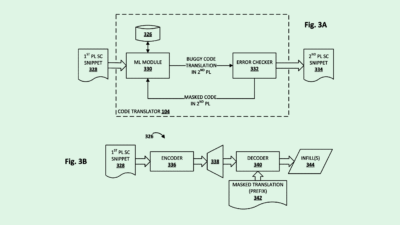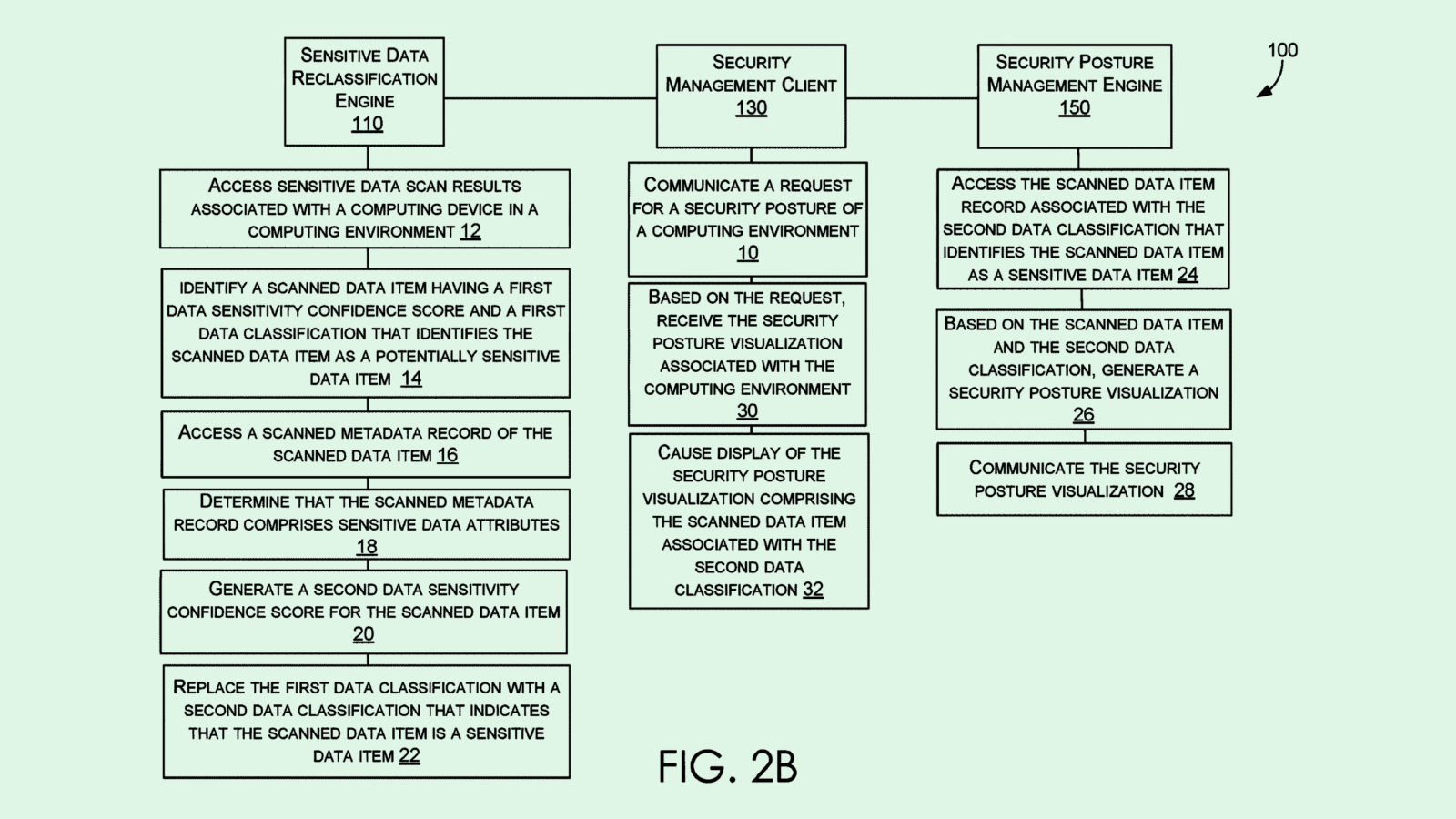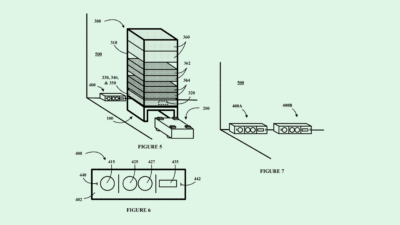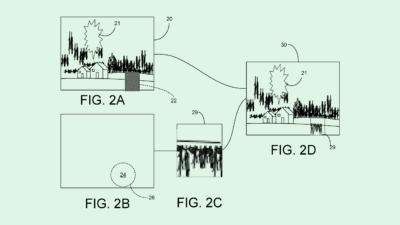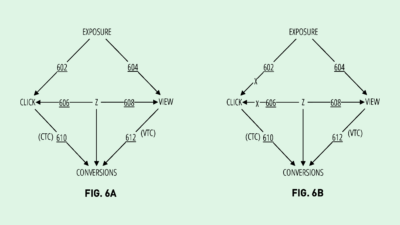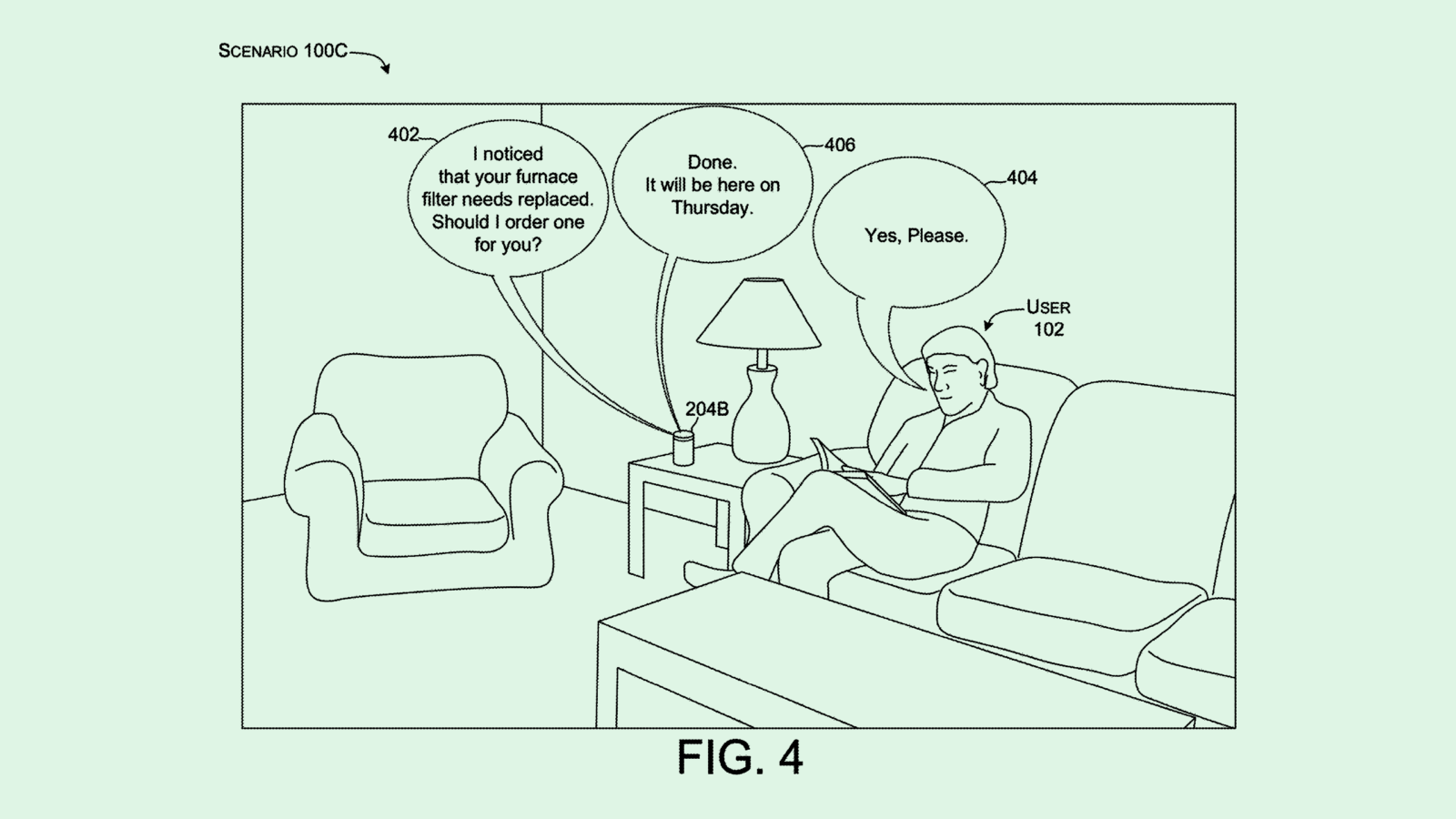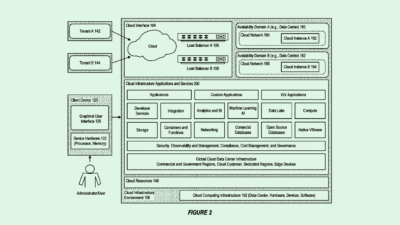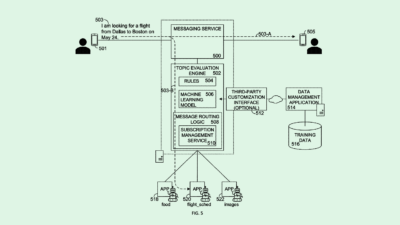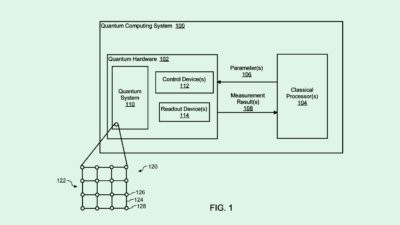Google Patent Seeks To Make Robots More Observant
Google wants its robots to pay closer attention to the people around them.
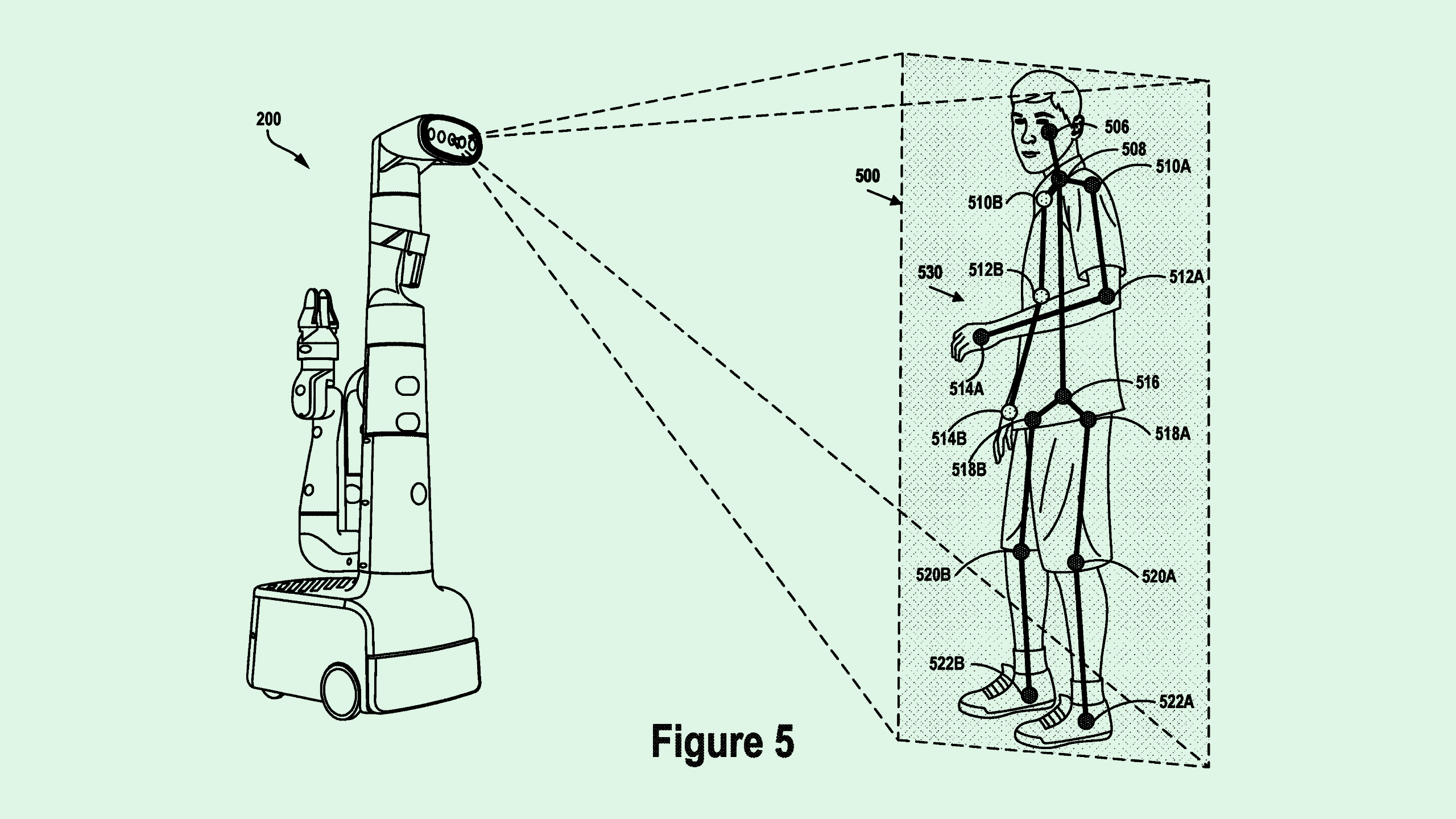
Sign up to uncover the latest in emerging technology.
Google wants its robots to understand body language.
The company wants to patent “detection and attention estimation” for human-robot interactions. Google’s tech wants to help robots with movement and decision-making by predicting and tracking the movements of the humans working beside them.
As tech firms continue to tinker with robots in workplaces, operations, and day-to-day life, “it is becoming increasingly important for a robot to be aware of the intentions and expectations of these actors with respect to the robot,” Google said.
To make these robots more aware, Google’s system captures images of the people in its periphery using cameras mounted on the device. This camera captures what Google calls “keypoints” of a person’s body, such as ankles, knees, hands, or elbows, that are moving to understand and predict their next move. It may also capture movements of the person’s face or eyes and collect audio to determine if the person is talking to it.
Using a machine learning model, this system then predicts whether the person’s movements indicate that they’ll be interacting with the robot, and to what form that engagement may take. This would help the robot coordinate its own movements more intuitively and could prevent collisions or safety hazards.
If certain keypoints on a person’s body aren’t visible to the camera, because they’re blocked by other objects the machine learning model may be trained to ignore them and extrapolate their positions, reducing the robot’s reliance on explicit image data.
Tech giants seem very interested in making robots safer and smarter. Nvidia, Intel and Amazon have each sought several patents to make robots more aware and efficient in factory and logistics settings using AI.
Outside of this patent, Google and its DeepMind AI division have both been hard at work, filing patents for tech to help robots better understand their surrounding environments and the humans within them. On the research side, the company is looking into things like a nearly indestructible robot hand and an AI model that translates language and vision into robotic actions.
“While the applications of physical robotics are currently limited in scope, that is changing as we speak, and the further potential is expansive in areas such as manufacturing, logistics, transportation, and even inside consumer homes,” said Tejas Dessai, research analyst at Global X ETFs.
These robots have massive potential in any space where human labor is involved, whether it be manufacturing, logistics, industrials, retail, or more. When properly trained, these devices can perform tasks precisely and quickly, allowing manufacturers to move to a fully automated, lights-out model.
However, the costs of these systems remain a barrier, said Dessai. “Sophisticated robots are still expensive, and for real-world integration to play out, we need production volumes to go up significantly, which should drive unit prices down,” he noted.
Plus, safety issues stand in the way of broader adoption. Because AI has the tendency to hallucinate and make mistakes, using it to work with heavy machinery in a fast-paced environment with human coworkers could create ample opportunity for accidents. However, patents like these that seek to read the body language of the people around them could alleviate those concerns and prevent collisions or safety risks.

